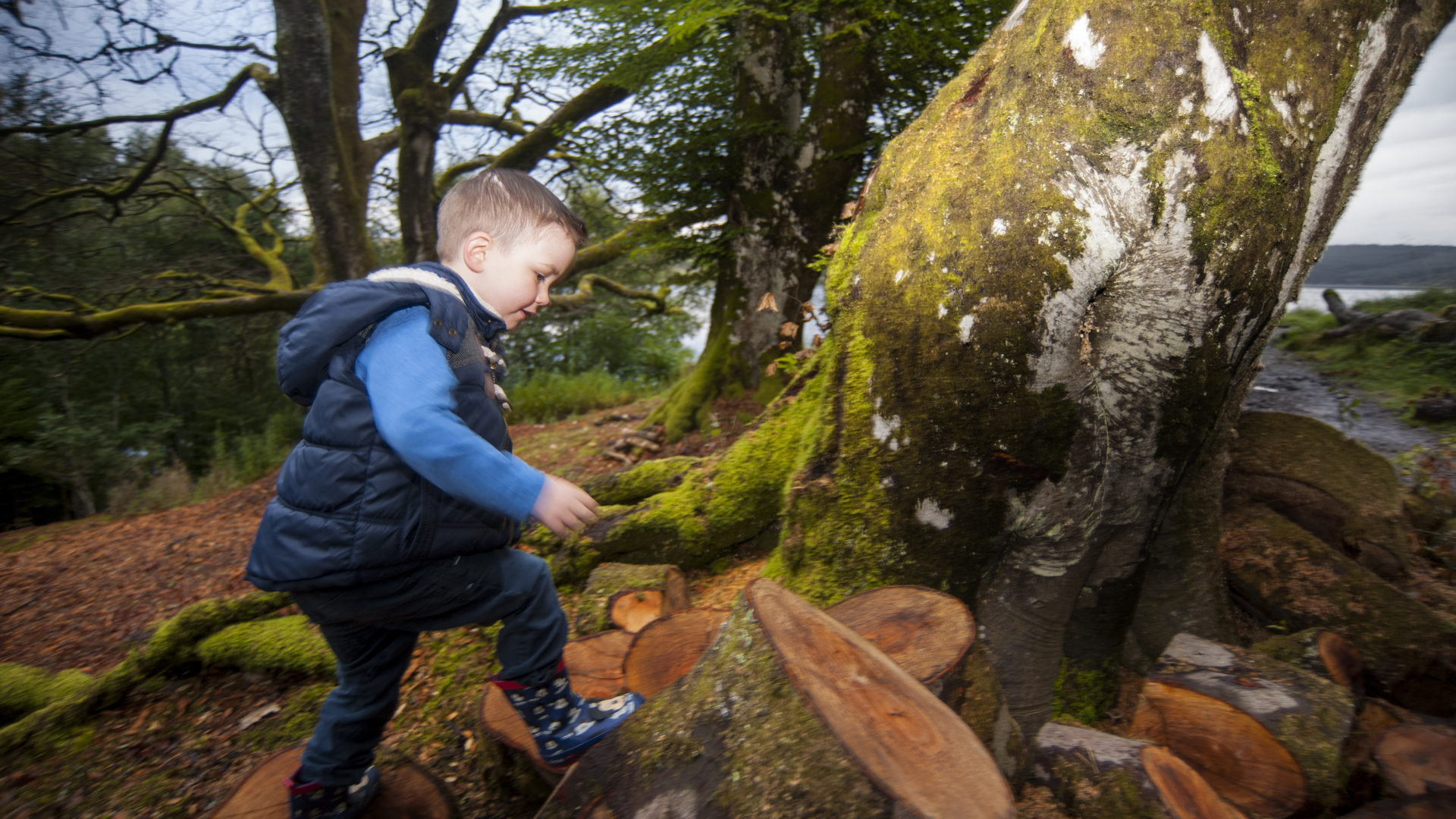
Blog
Kit list for students and teachers
Scroll down
-
Date posted: 13/10/2020
-
Time to read: 3 Minutes
If your students are cold, wet, thirsty, or sunburnt, they won’t be attentive and won’t learn very much. And if you are outside for any length of time in bad conditions, having the right kit is important in keeping everyone safe.
Every location is different and conditions can change quickly. Our education teams can give you expert advice on what to take on your trip, and our National Park Centres can tell you the latest conditions.
Here’s a basic list of kit for your students, and extra things a group leader should have, too:

Kit list for students
- Waterproof jacket and trousers
- Walking boots (if walking any distance) or wellies (if ground is very wet and not walking too far)
- Lightweight trousers that don’t rub and will dry out quickly — not jeans (if jeans get wet they stay wet for hours and get heavy and uncomfortable)
- Layers of tops, preferably a synthetic top next to your skin rather than cotton (cotton gets wet from sweating and can make you wet and cold)
- Warm gloves and hat, especially if you are going to upland areas. It can be cold and windy on hill tops even if warm at the bottom
- Spare socks in case you get your feet wet
- Lots to drink, you get much thirstier being active outdoors
- Packed lunch and small snacks to eat throughout the day
- Backpack big enough to put everything in, preferably with padded straps and hip belt
- Backpack liner (plastic bags work great!) to keep everything dry

Extra kit to consider
Summer kit:
- Hat with a brim or cap
- Top with high collar and sleeves to prevent sunburn
- Suncream
- Insect repellant
- Extra drink
Winter kit:
- At least four layers of tops, including at least one warm fleecy or woollen jumper
- Warm gloves
- Fleecy or woollen hat
- Scarf
- Thick, warm socks
- Hot drink in a flask

Kit list for teachers
- First Aid kit
- Map and compass (and know how to use them)
- Whistle and small torch
- Mobile phone – but remember that most rural areas have limited or no signal
- GPS device – but don’t rely on it. Tree cover, bad signal or lack of battery power can stop them working, always take a map and compass as well
- Useful phone numbers (e.g. nearest National Park Centre, bus driver, accommodation)
- Next of kin contact details and medical requirements for pupils
- Risk assessment
- Emergency energy food for group, such as chocolate or jelly sweets
- Extra liquids for group
- Survival bag (dustbin bags will do)
